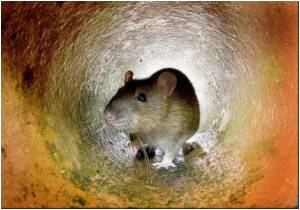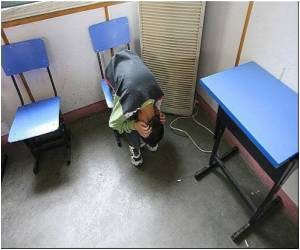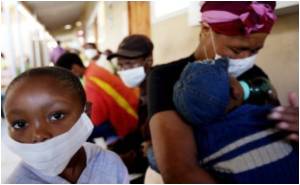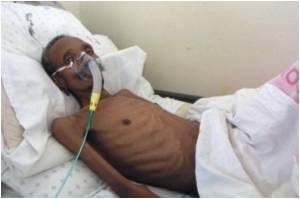
The samples were first analyzed through microscopy by technicians at the DOTS center then provided to Anti-Persoonsmijnen Ontmijnende Product Ontwikkeling (APOPO) in Tanzania for second-line analysis by the rats.
While traditional microscopic analysis found 13.3 percent of patients to be TB-positive, second-line screening by the rats revealed 620 new TB-positive patients.
"Using sniffer rats to detect TB seems medieval but our study shows it works, providing an inexpensive, accurate, quick diagnostic," said lead investigator Alan Poling, Western Michigan University.
Ten giant African pouched rats (Cricetomys gambianus) were trained to screen sputum samples. They were rewarded with banana for pausing at sputum samples known to contain M. tuberculosis but not for pausing at other sputum samples.
Through such training, they learned to pause reliably only at samples that were positive for TB. The status of samples with respect to microscopy was known and the rats were rewarded with food when they kept their nose in a hole above a TB-positive sample for at least 5 seconds, which defines an indicator response.
Advertisement
The rats as a group identified 2,274 of these samples and 1,335 of these patients as TB-positive. The rats also identified as TB-positive 3,012 DOTS-negative samples and 1,418 DOTS-negative patients.
Advertisement
The findings have been published in the December issue of the American Journal of Tropical Medicine and Hygiene.
Source-ANI












